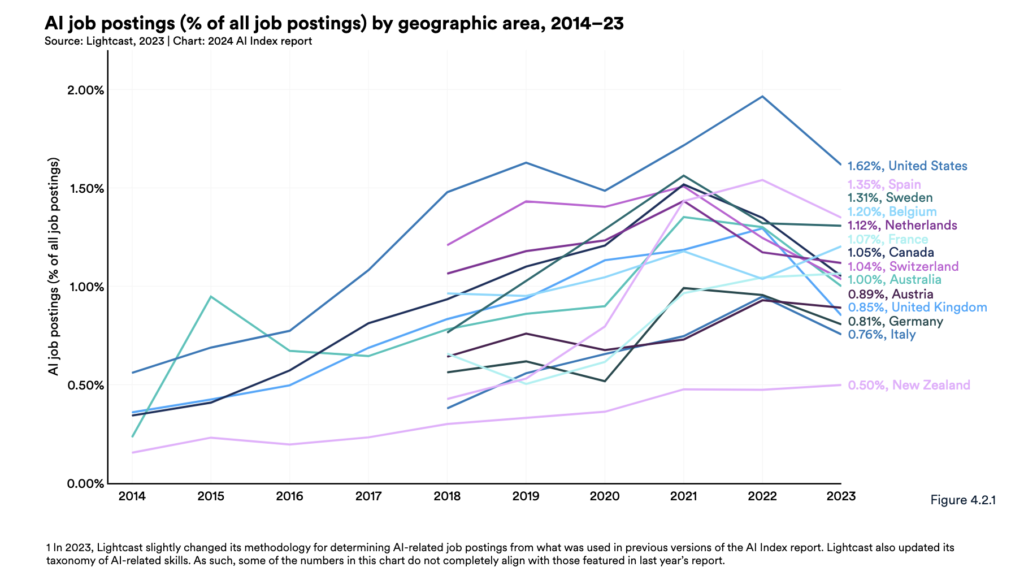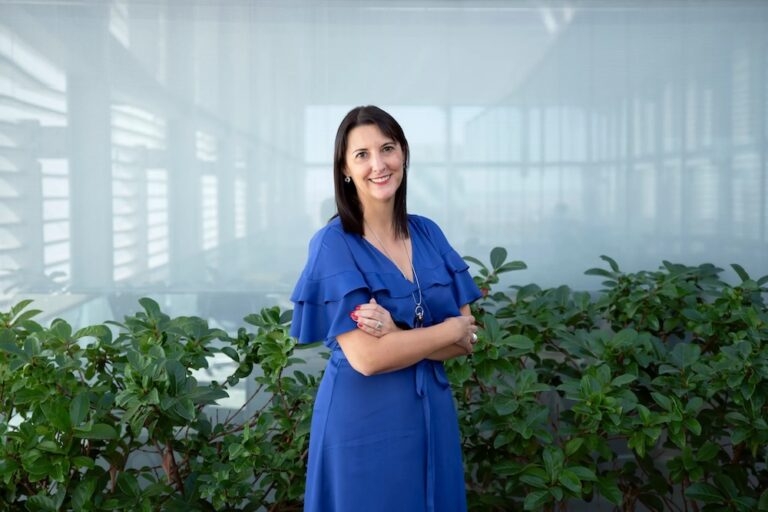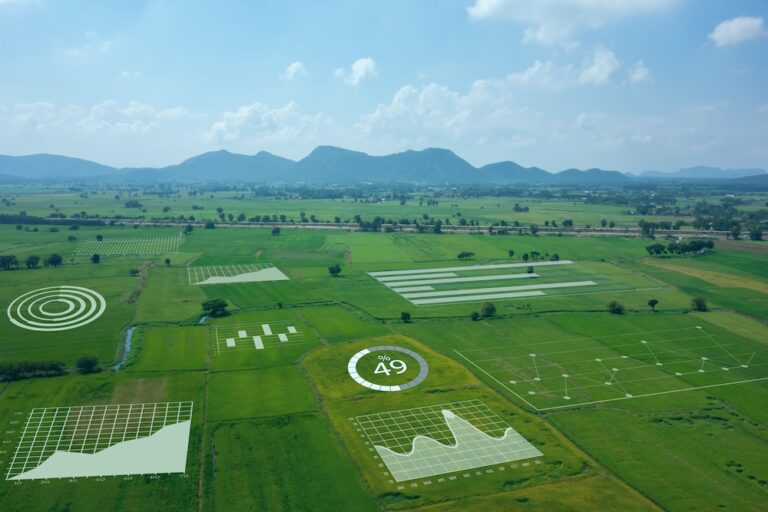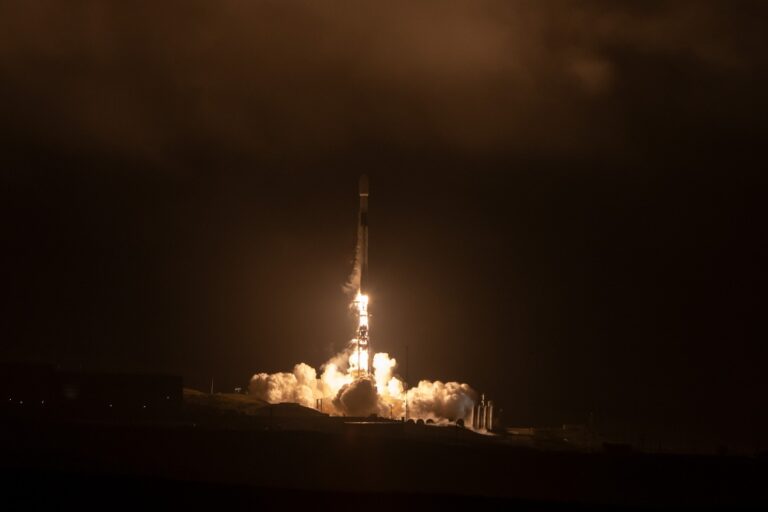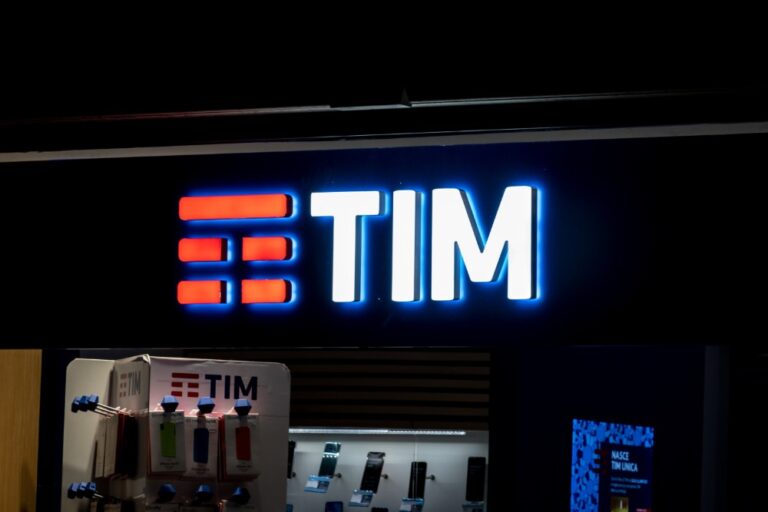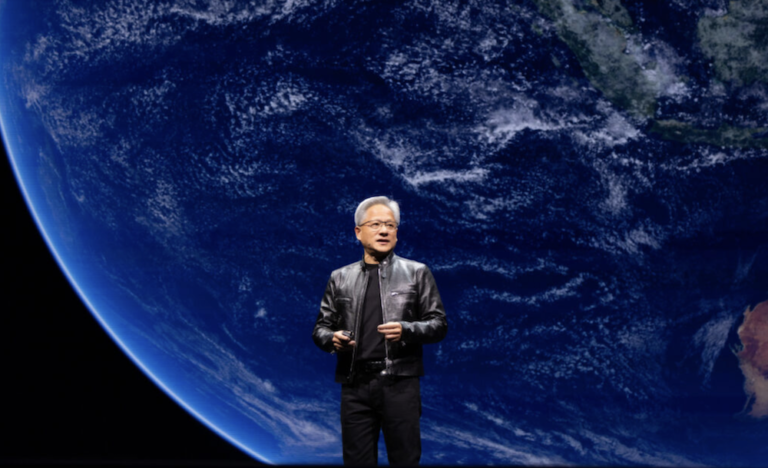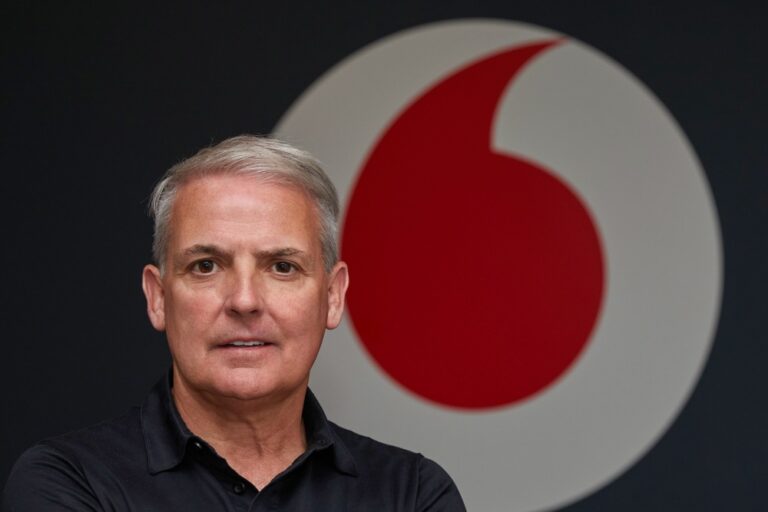The pilot proved uplink coverage on the higher frequency is compatible with existing inter-site distances
Nokia and Telia have successfully completed a field pilot in the upper 6GHz spectrum range. They say it will “add crucial capacity and coverage to existing macro cell sites in dense urban environments for next-generation 5G-Advanced and 6G networks”.
Due to rapidly rising volumes of data traffic, most operators will need to increase their TDD mid-band spectrum holdings in the second half of the decade. The allocation of the upper 6GHz spectrum for mobile services – which could mean 200MHz of mid-band TDD spectrum per operator – was agreed at the World Radio Conference 2023. It is especially important in markets where the 7.2-8.4 GHz range will not be available.
Pilot explores
The pilot explored whether the uplink coverage on the new, higher frequency is compatible with existing inter-site distances. The companies tested the upper part of the band (n104) and used a 3.5GHz massive MIMO cell of the same radio frequencies across various distances to replicate different real-world scenarios.
Field tests confirmed the macro-grid of the upper 6GHz spectrum can be used with Massive MIMO. It showed that massive capacity can be added in urban areas, where there is higher demand for TDD broadband, and high throughput can be achieved in suburban or rural areas. This offers operators an evolution path to 5G-Advanced and 6G.
The trial used a Massive MIMO antenna based on Nokia’s AirScale Habrok radio with a test terminal from MediaTek with integrated antennas.
Additional spectrum
Luciana Camargos, Head of Spectrum at the GSMA, said, “Mobile operators need additional spectrum to serve growing connectivity needs, so commercialisation of the upper 6 GHz band will be an important tool in enabling the digital ambitions of each country.”
Stefan Jäverbring, Group CTO at Telia, added, “As our customers generate increasing amounts of mobile traffic, it is essential to have further access to mid-band TDD spectrum to enhance digitalization in our markets and serve our customers appropriately.
“This field test with our partner, Nokia, is an important step in demonstrating how this can be done sustainably, as it would be possible to use our existing site grid. In this way, deployment would be faster and have less environmental impact, creating fewer carbon emissions than the alternative of adding capacity by building more new sites.”
“This field pilot demonstrates that Nokia is ready to help mobile operators integrate the bandwidth of these new spectrum allocations seamlessly into their existing network allowing them to provide coverage from the existing macro cell sites on the higher frequency bands,” Mark Atkinson, Head of RAN at Nokia, concluded.




